I've started building a catalog that details all of the wild plants that grow around us, and their various medicinal, nutritional, and other uses.
We are trully blessed because our home is surrounded by a large meadow, which is surrounded by dense forests. I could spend my life studying the plants that surround us and never get to know everything about them all.
Some plants we know well and have been connected with them for years, Others, we simply haven't had time to get to know yet.
The Boreal Herbal, Wild Food and Medicine Plants of the North
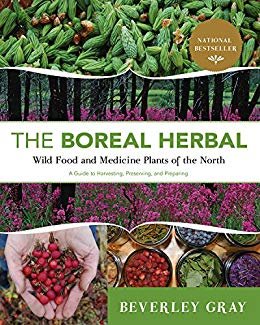
If I had to give up all my books and only keep one it would be The Boreal Herbal, Wild Food and Medicine Plants of the North- by Beverly Gray. It is the most useful book I've ever owned.
We don't live in the Boreal forest anymore but most (if not all) of the wild plants in this book can be found on our land in the Maritimes. Actually, a lot of these wild plants have traveled across continents so many can be found in temperate climates globally. The book has three main sections broken down by herbs, berries, and trees.
In addition to the well written botanical descriptions, photographs, food uses, medicinal uses, preparations, and cautions, this book teaches how to prepare tinctures, salves, infusions and offers a wild range of recipes. She also covers the spiritual and sacred side of plant healing and sustainable harvesting.
The book is huge, 440 pages. The reference charts are amazing. I flip to them all of the time. You can look up each herb and its specific uses at a glance. This is incredibly useful when you are building a medicinal blend or need to know quickly how to treat an eye infection or deal with a fever and don't know which plant to choose.
When you take the time to appreciate the wild, everything changes. It is far more satisfying to discover a wild grain than it is to toil in a field and cultivate your own. It is far more exciting to discover a remedy for whatever ails you than it is to buy a bottle from the store. There is so much resilient natural abundence surrounding us when we learn to see it.
Here are a few Wild Plants that I've been Studying Today
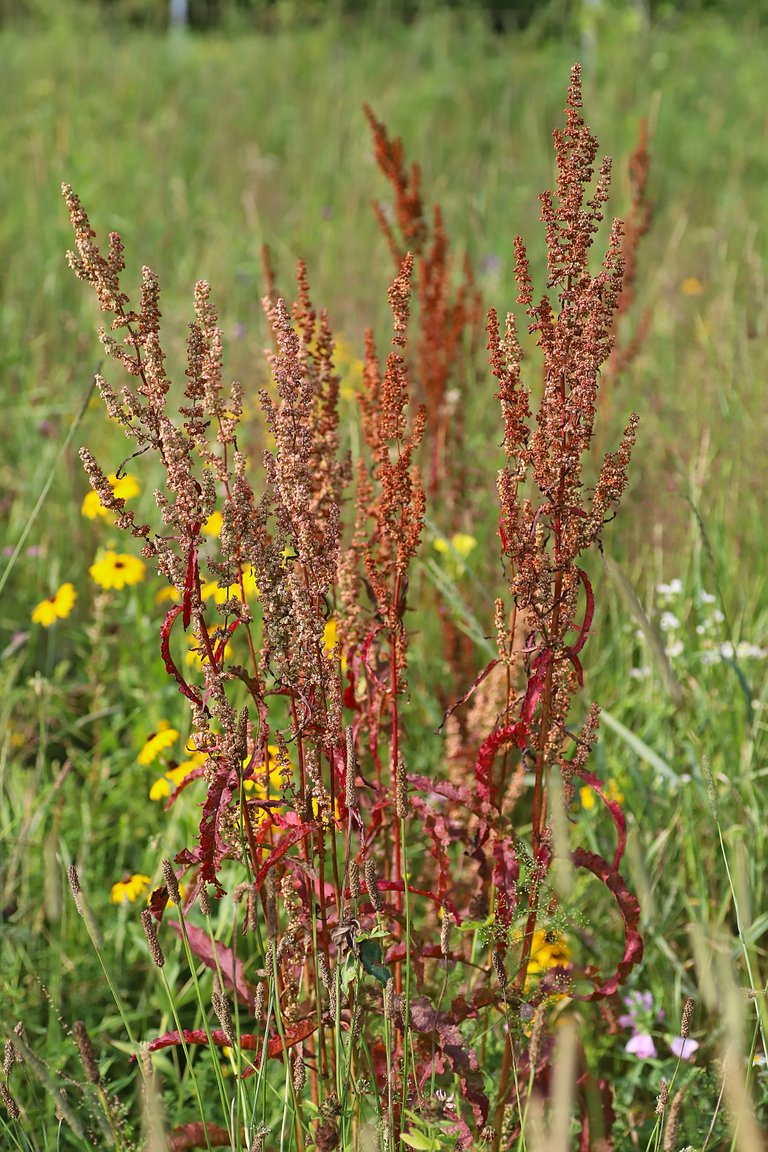
Curled dock (Rumex crispus L)
The leaves are edible, best in the spring when tender and less bitter. The red seeds can be harvested and used as a grain. The roots are medicinal and often used as a digestive bitter to support the liver & digestive tract.
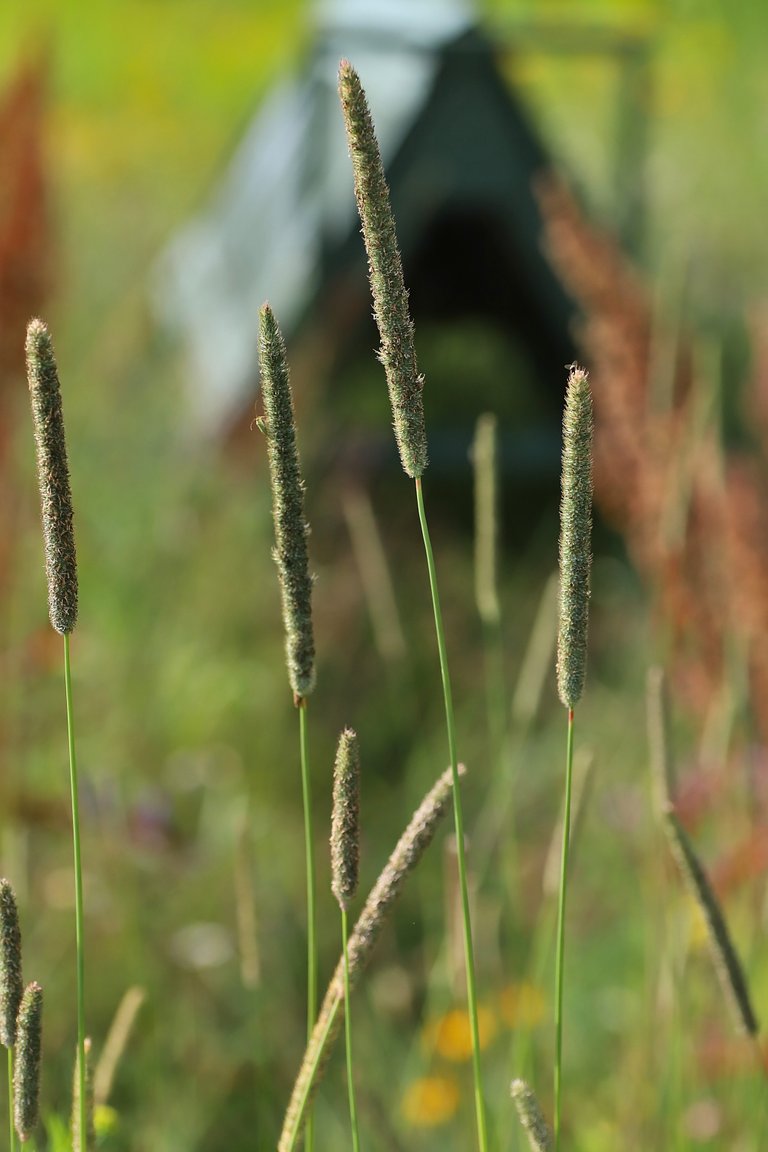
Timothy grass (Phleum pratense L.)
Nutritious forage for many animals and can yield up to 15 tonnes of plant material per hectare, Cutting and drying timothy grass would be a great way to create our own garden mulch.
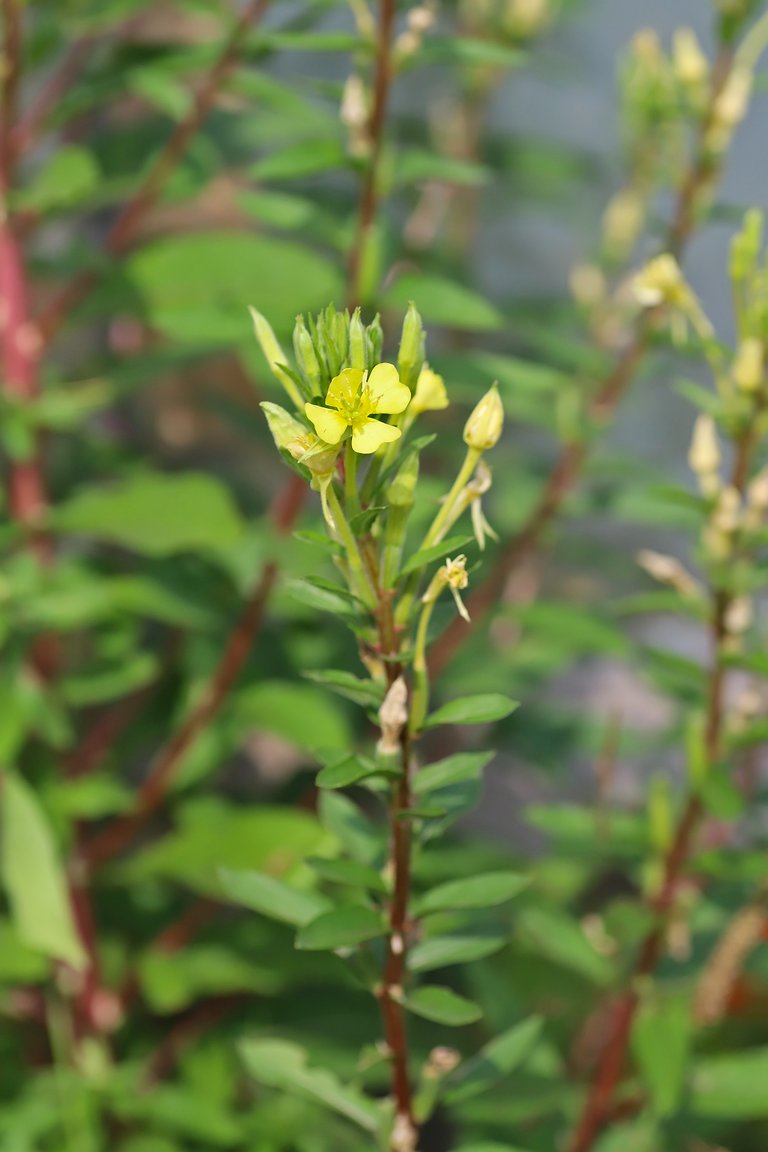
Common evening primrose (Oenothera biennis L.)
Both edible and medicinal. The seeds, stem, leaves, and root are edible. The leaves can be used as a spinach substitute best when young in the springtime. Medicinally, it is used as a slave to soothe bruises and other skin conditions. Internally it can be used as a tincture.
The seeds were used by the Lakota people as incense.
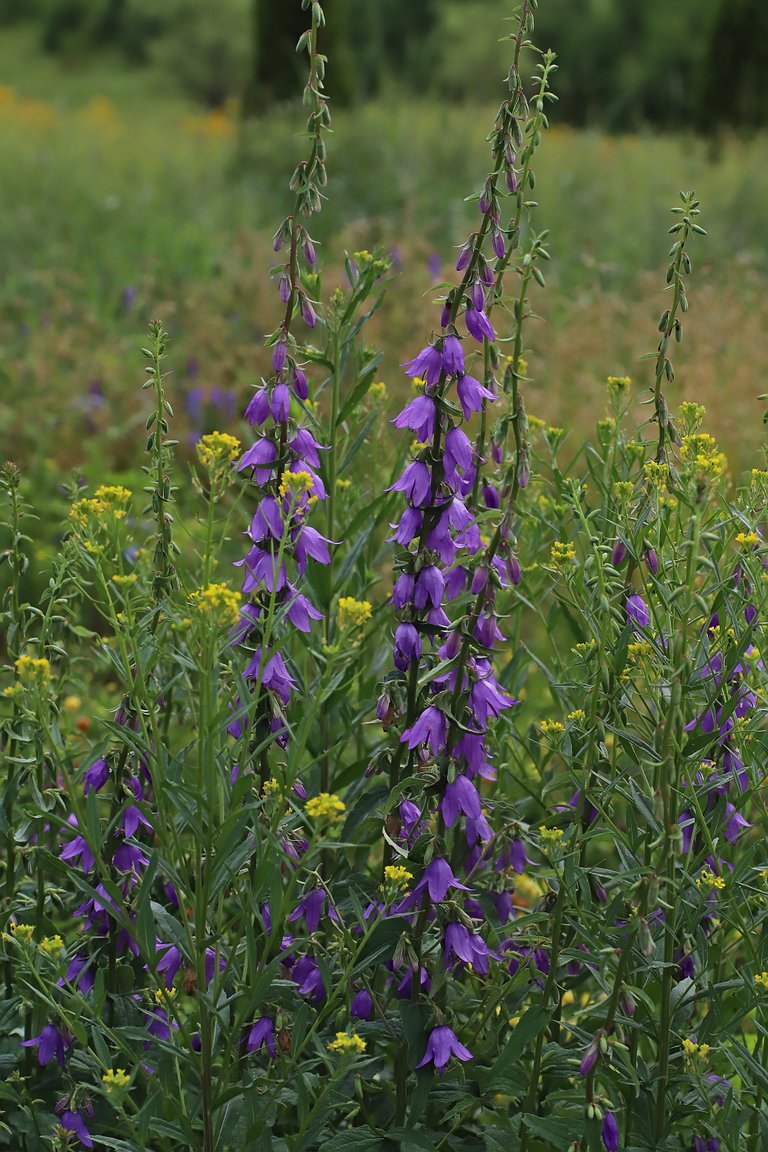
European Bellflower (creeping bellflower) Campanula rapunculoides L.
Ancient kitchen garden vegetable, the leaves, shoots, and roots are edible. I've written about the
European Bellflowerin another post.
Do you have a beloved natural medicine book? Share A Natural Medicine Book to Win over 40 Steem! [SPONSORED BY CURIE] Learn more here!
Proud member of @naturalmedicine, @homesteaderscoop, @tribesteemup, @ecotrain, @freedomtribe & @earthtribe
You can also find walkerland around the web
Homesteaders Co-op Shop |
walkerland.ca |
Facebook |
Pinterest


that book looks amazing, there is this beautifully illustrated Spanish book about all the plants that grow around me, but my Spanish is not good enough to understand it. I still rely on my European herbal book, but it is not the same. xx
That would be hard! I am following this special therapeutic stretching video but the video is German so I can only follow the visual demonstrations while missing all those helpful nuances and details that he is sharing so I totally understand.
YES! Books are still important resources. This one looks amazing! I have a few English reference books of wild foods that I still use here... whilst they are not 'wild' in the truest sense there are places where we can find hawthorn, yarrow, quince - and of course herbs in cultivated gardens, so they are still useful!
That is so true. I've actually dug up some wild plants and transplanted them to my garden so we have them here (especially those that grow along roadsides where it's not the best to be harvesting). Wild & cultivated it's all amazing!
Well done on an informative post. In my area of South Africa in the Cape region we have a rare ecosystem called fynbos, which has the most species of plants in the smallest space of anywhere in the world.
oh my goodness, that sounds like my kind of place! I'll have to spend some time reading about that, thanks for sharing. :)
I love comprehensive books like that!
I have all the plants here too, except the bellflower. My dock looks just like yours, beautiful chestnut color now. :))
I ended up cutting the dock to use in some dried flower arrangements - it is so gorgeous!
I might need to add this book to my library.
Posted using Partiko iOS
That looks like a wonderful Book for my area. I didn't realize it gave so much information. I think I'll go take a closer look at it and perhaps add it to my library! Resource books like that can be so valuable when you have such abundance around you and the supplies at the store can be iffy! Thanks for sharing!
I thought of you when I was writing the review. Yes, it would be amazing for your area and I think you'll love it.